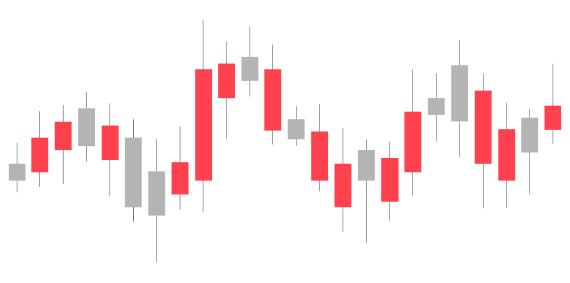Value Chain Modernization
DBT: The Must-Have Trend in 2023
The energy market is more volatile than ever: supply and demand are in flux; pricing is unpredictable and consumer expectations are evolving. In changing times, how can energy companies gain more certainty? The answer lies in Value Chain Modernization (VCM).
The richest resource a company can own is data, because when the right people have the right data at the right time, smarter business decisions are made. Smart business decisions can only be made when decisions are aligned across the value chain.
A unified, predictive data ecosystem across the oil and gas value chain can result in hugely transformational capabilities, such as untapped growth opportunities. Retailers also benefit from optimizing their value chain as they go on to develop a range of innovative products and services, customized specifically in accordance with their customers’ needs. When it comes to ESG, a connected data ecosystem provides investors, regulators and customers the transparency they demand.
Whether it’s next year or ten years down the line, Digital Business Transformation (DBT) will remain an integral part of energy and trading companies’ success and an anchor for the certainty they are seeking. These three actionable insights will add value to your business today and lay the groundwork to adapt as trends change.








 Close
Close